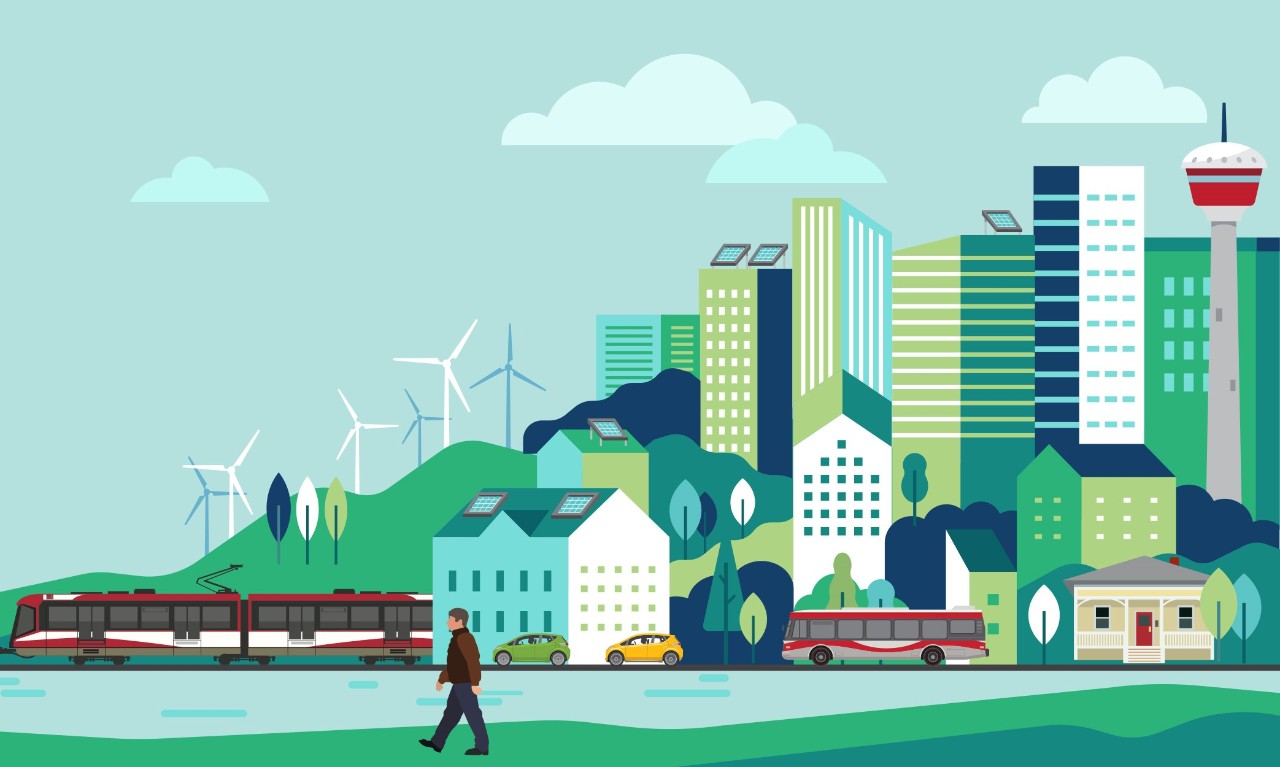Zero-Emission Buses

Project status – February 2024
We’ve selected Stantec as project owner engineer for valuable battery electric bus (BEB) expertise and technical knowledge as our journey to a zero-emission fleet shifts into high gear. Stantec has worked on 60 zero-emission bus projects, helping transit agencies throughout North America move to zero-emission technologies.
Chosen through a competitive procurement, Stantec is helping us get several BEBs on the road, working across our divisions to:
- complete system modelling to determine the optimal routes for BEB service;
- develop technical specifications for our competitive procurement to purchase BEBs and supporting infrastructure;
- determine mechanical, HVAC, and fire suppression system upgrades at our Spring Gardens and Anderson garages needed for BEBs and supporting infrastructure;
- manage garage construction and test and commission infrastructure after its installed
Stantec is also helping us assess BEB project risks and opportunities given funding constraints, timelines, and market capacity.
Results of this analysis will inform our competitive procurement of the buses. We anticipate releasing a request for proposals in Q2 2024.
About the project
Calgary Transit is moving to a fleet of zero-emission buses to support The City’s corporate-emission reduction goals in the Calgary Climate Strategy - Pathways to 2050. We’re using a phased approach to acquire zero-emission buses, transform operations, prepare our workforce, and build needed infrastructure, such as charging stations. Our fleet transition includes a bus electrification project to deploy several 40-foot battery electric buses (BEBs). Our bus electrification project is a good first step in our transition journey, as it will shift a good portion of our fleet to zero-emission buses. To prepare for BEB operations, we’re pursuing an electric bus pilot project.
Project benefits
By replacing end-of-life diesel buses with BEBs, we expect to provide clean, quiet, and comfortable rides for Calgarians with less pollution, noise, and exhaust and lower operating costs. We anticipate BEBs will:
- help us trim our total bus fleet greenhouse gas emissions by approximately 13,000 tonnes of CO2 per year from 2023 to 2030
- be less costly to maintain and operate with lower fuel costs on an on-going basis over the life of the buses when compared to conventional diesel buses
Project funding
Bus electrification project funding and financing includes:
- Grant funding from Infrastructure Canada’s Zero Emission Transit Fund (up to $325 million)
- Canada Infrastructure Bank (CIB) financing ($165 million)
- City funding ($100 million) as part of the 2023-2026 Service Plans and Budgets
Project timeline
- Procure BEBs: Q2 2024
- Procure supporting infrastructure: Q3 2024
- Infrastructure construction completed: Q3 2025
- Initial BEBs onsite: Q4 2025
- BEBs go into service: to be determined
Frequently asked questions
Will you replace diesel buses with BEBs before the diesel buses reach the end of their life?
No. We will only replace diesel buses when they’re at the end of their planned life.
Will you replace compressed natural gas (CNG) buses and gasoline shuttles with BEBs?
No. Our fleet acquisition budget for 2023-2026 includes funding for gasoline shuttles and CNG buses. We will adjust our fleet transit plan based on changes to technology, costs and funding sources throughout future business cycles and strategy implementation.
Are you gathering knowledge from transit agencies which already operate BEBs?
Yes. We’re analyzing the experiences of early adopter transit agencies to better understand the challenges and opportunities associated with BEBs. We have and continue to consult with Edmonton Transit, TransLink, Winnipeg Transit, Toronto Transit Commission, OC Transpo, RTC (Quebec City) and STM (Montreal) about their BEB experiences so we can understand operational implications and opportunities of zero-emission technology.
Will BEBs perform in Calgary’s cold weather?
Edmonton Transit Service and Saskatoon Transit have completed BEB demonstration projects. Project results suggest BEBs perform as well as diesel buses during the colder months. We are working with these and other transit agencies to learn best practices and strategies for BEB implementation.
Did you consider hydrogen fuel cell buses as opposed to BEBs?
Yes, but there are currently no hydrogen fueling stations available to us in the Calgary area, preventing hydrogen fuel bus operation. We’re focused on BEBs because we can move forward now to acquire BEBs and upgrade our garages with charging infrastructure using readily available federal government financing and funding to kick start our transition to a zero-emission fleet. We’re committed to evaluating and incorporating hydrogen fuel cell buses and other low or zero-emission vehicle technologies to reduce greenhouse gas emissions.
What’s planned to shift the rest of our fleet to zero-emission vehicles?
We’re developing a road map of how we will transition to a zero-emission fleet over the next 10 to 20 years. It will look at other alternate fuel sources, such as hydrogen and renewable natural gas.
Are BEBs a fire risk?
Like all vehicle fuel types, BEBs can catch fire. To reduce electric bus fire risk, we’re working with transit agencies across the country and participate in various Canadian Standards Association and National Fire Protection Association technical committees to develop fire and life safety guidelines for electric vehicle storage. This work includes lessons learned studies from European agencies that had fires with their vehicles.

